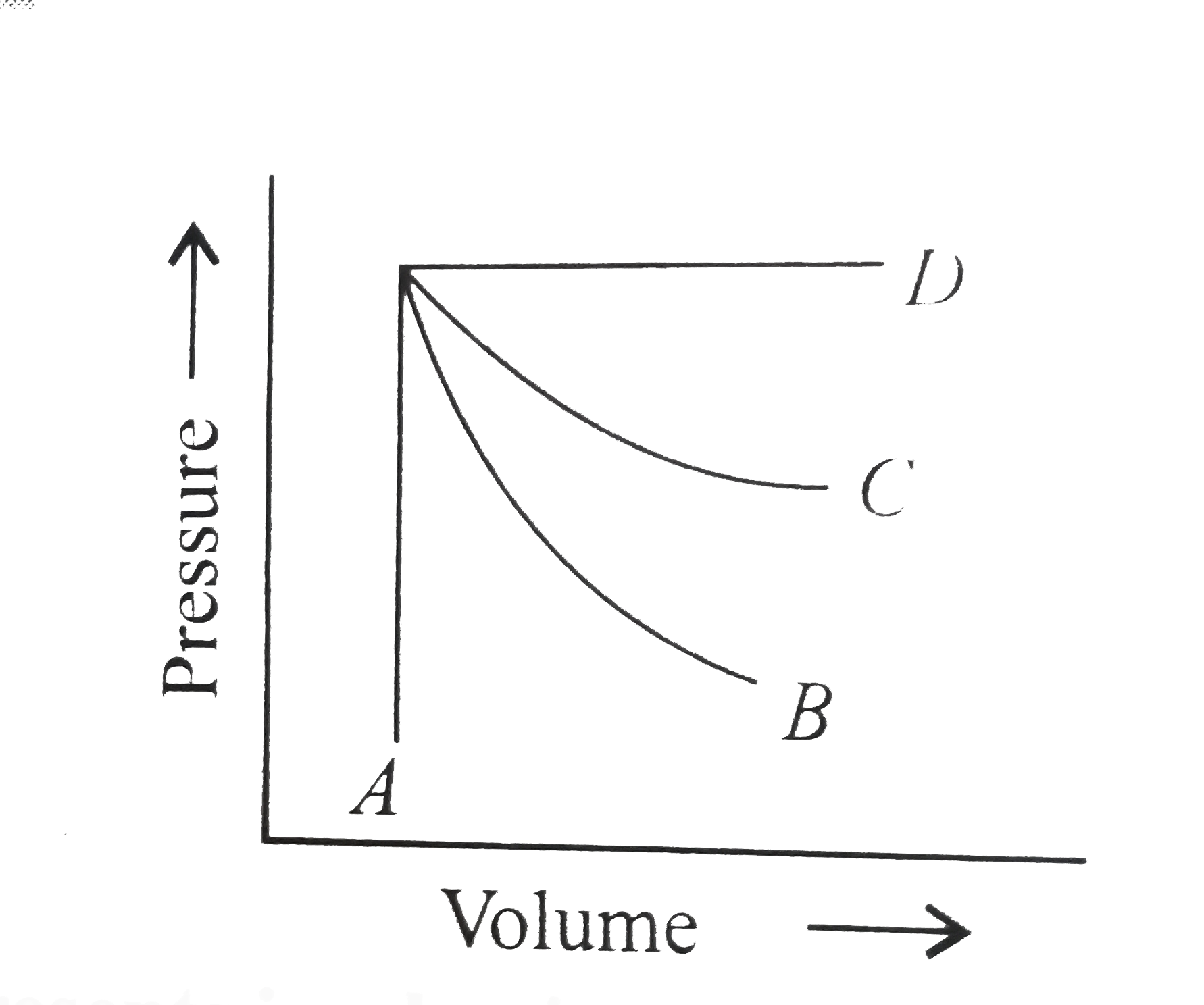Which of the following statement is/are correct ?
The energy of an electron in a many electron atom generally increases with an increases in value of (n+l) but for a given value of (n+l) the lower the value of n the lower the energy
An electron close to the nucleus experiences a large electrostatic attraction
For a given value of n, an electron penetrates to the nucleus more than n p electron which penetrates more than a d-electron and so on
None of correct
The correct Answer is:A, B, C
To determine which statements are correct regarding atomic structure, we will analyze each statement step by step.
Step 1: Analyze the First Statement
Statement: The energy of an electron in a many-electron atom system generally increases with an increase in the value of n + l, but for a given value of n + l, the lower the value of n, the lower the energy.
Analysis:
- According to the Aufbau principle, electrons fill orbitals starting from the lowest energy level to the highest.
- The energy of an orbital can be determined by the sum of the principal quantum number (n) and the azimuthal quantum number (l), represented as n + l.
- As n + l increases, the energy of the orbital increases.
- For the same value of n + l, a lower n indicates a lower energy level.
Conclusion: This statement is correct.
Step 2: Analyze the Second Statement
Statement: An electron close to the nucleus experiences a large electrostatic attraction.
Analysis:
- The electrostatic force of attraction between the nucleus and an electron can be described by Coulomb's law:
F=14πϵ0Ze2r2
where Z is the atomic number (nucleus charge), e is the charge of the electron, and r is the distance from the nucleus.
- As the distance (r) decreases (i.e., the electron is closer to the nucleus), the force of attraction increases because it is inversely proportional to the square of the distance.
Conclusion: This statement is also correct.
Step 3: Analyze the Third Statement
Statement: For a given value of n, n electrons penetrate to the nucleus more than n p electrons, which penetrate more than n d electrons, and so on.
Analysis:
- The penetration effect refers to how close an electron can get to the nucleus.
- The order of penetration for orbitals is indeed as follows: s > p > d > f.
- This means that for the same principal quantum number (n), s electrons are more penetrating (closer to the nucleus) than p electrons, which are more penetrating than d electrons.
Conclusion: This statement is correct.
Final Conclusion
All three statements (A, B, and C) are correct.
Summary of Correct Statements:
- Statement A: Correct
- Statement B: Correct
- Statement C: Correct
Statement: The energy of an electron in a many-electron atom system generally increases with an increase in the value of n + l, but for a given value of n + l, the lower the value of n, the lower the energy.
- According to the Aufbau principle, electrons fill orbitals starting from the lowest energy level to the highest.
- The energy of an orbital can be determined by the sum of the principal quantum number (n) and the azimuthal quantum number (l), represented as n + l.
- As n + l increases, the energy of the orbital increases.
- For the same value of n + l, a lower n indicates a lower energy level.
Statement: An electron close to the nucleus experiences a large electrostatic attraction.
- The electrostatic force of attraction between the nucleus and an electron can be described by Coulomb's law:
F=14πϵ0Ze2r2
where Z is the atomic number (nucleus charge), e is the charge of the electron, and r is the distance from the nucleus.
- As the distance (r) decreases (i.e., the electron is closer to the nucleus), the force of attraction increases because it is inversely proportional to the square of the distance.
Statement: For a given value of n, n electrons penetrate to the nucleus more than n p electrons, which penetrate more than n d electrons, and so on.
- The penetration effect refers to how close an electron can get to the nucleus.
- The order of penetration for orbitals is indeed as follows: s > p > d > f.
- This means that for the same principal quantum number (n), s electrons are more penetrating (closer to the nucleus) than p electrons, which are more penetrating than d electrons.
All three statements (A, B, and C) are correct.
- Statement A: Correct
- Statement B: Correct
- Statement C: Correct
Topper's Solved these Questions
- ATOMIC STRUCTUREBOOK - CENGAGE CHEMISTRY ENGLISHCHAPTER - ATOMIC STRUCTUREEXERCISE - Exercises Single Correct
127 Videos
- ATOMIC STRUCTUREBOOK - CENGAGE CHEMISTRY ENGLISHCHAPTER - ATOMIC STRUCTUREEXERCISE - Exercises Assertion And Reason
21 Videos
- ATOMIC STRUCTUREBOOK - CENGAGE CHEMISTRY ENGLISHCHAPTER - ATOMIC STRUCTUREEXERCISE - Exercises Linked Comprehension
50 Videos
- APPENDIX - INORGANIC VOLUME 1BOOK - CENGAGE CHEMISTRY ENGLISHCHAPTER - APPENDIX - INORGANIC VOLUME 1EXERCISE - chapter-7 Single correct answer
1 Videos
- CHEMICAL BONDING AND MOLECULAR STRUCTUREBOOK - CENGAGE CHEMISTRY ENGLISHCHAPTER - CHEMICAL BONDING AND MOLECULAR STRUCTUREEXERCISE - Archives Subjective
15 Videos
Similar Questions
Knowledge Check
Which of the following statements is/are correct ?
AAmniocentesis and CVS (chorionic villi sampling) are the techniques of detection of detection of foetal desorders during early pregnancyBReproduction health refers to healthy reproductive organs with normal functionsCIndia was amongst the first countries in the world to initiate action plans and programmes at a national level to attain total reproductive healthDall of these
Which of the following statements is/are correct ?
View SolutionWhich of the following statements is/are correct?
View SolutionWhich of the following statements is/are correct?
View SolutionWhich of the following statements is/are correct?
View SolutionWhich of the following statements is/are correct?
View SolutionWhich of the following statements is/are correct?
View SolutionWhich of the following statements is/are correct?

View Solution
